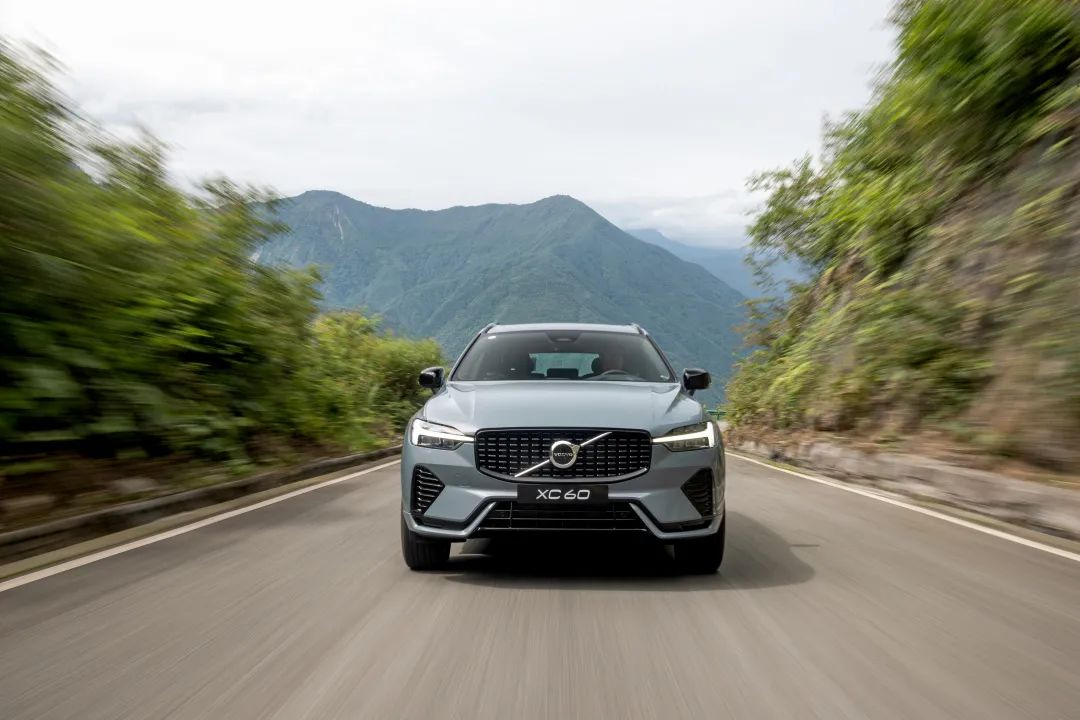Volvo XC60: One Breakthrough and Two Improvements
Author: Wang Xuan
The Volvo XC60 is currently a popular high-end mid-size SUV on the market. In the 2020 sales ranking of high-end SUVs, the Volvo XC60 ranked 6th with 61,616 units sold. The top three products on the list are three mid-size SUVs from BBA, while the fourth and fifth places are taken by Volkswagen Touareg and Cadillac XT5 respectively. Although the sales performance of the XC60 is impressive and the Volvo brand is highly recognized by Chinese consumers, there is still room for improvement in terms of intelligent configuration.
In fact, not only Volvo, but also traditional luxury brand vehicles in the domestic market are being challenged by new forces in the automotive industry. Although luxury brand products can still rely on their brand strength to maintain their position in the market in the short term, new forces in the automotive industry will definitely try to make more consumers understand the advantages of intelligent vehicles and improve the priority of intelligent configuration in the consumer purchasing process in a short time. Therefore, under the brand strength, keeping up with the development of intelligent vehicles will enhance the core competitiveness of the Volvo XC60 in the high-end mid-size SUV market.
“One Breakthrough, Two Improvements” to Enhance Intelligence
In June, the Volvo XC60 underwent an update, and after a day of test driving, I believe that the main content of the model update can be summarized as “one breakthrough, two improvements” in terms of the intelligent experience.
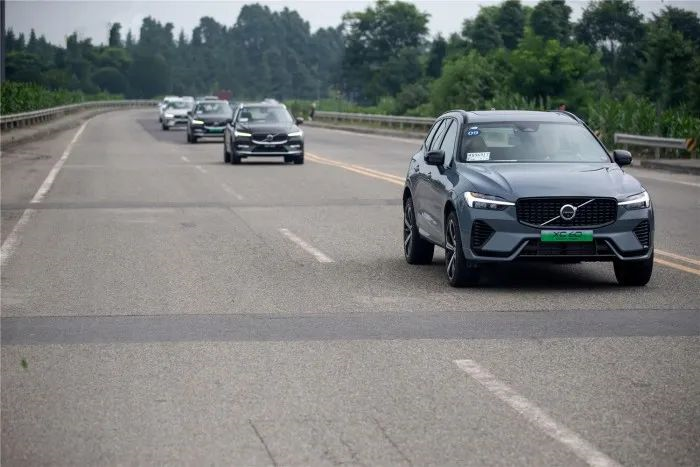
Breakthrough: Brand New In-car Ecosystem
The new in-car ecosystem has been redesigned with a new UI, featuring applications such as Amap, Tencent AIQuting, Tmall Genie and multiple applications from Huawei AppGallery. At the same time, the voice system has achieved linkage with the in-car functions.
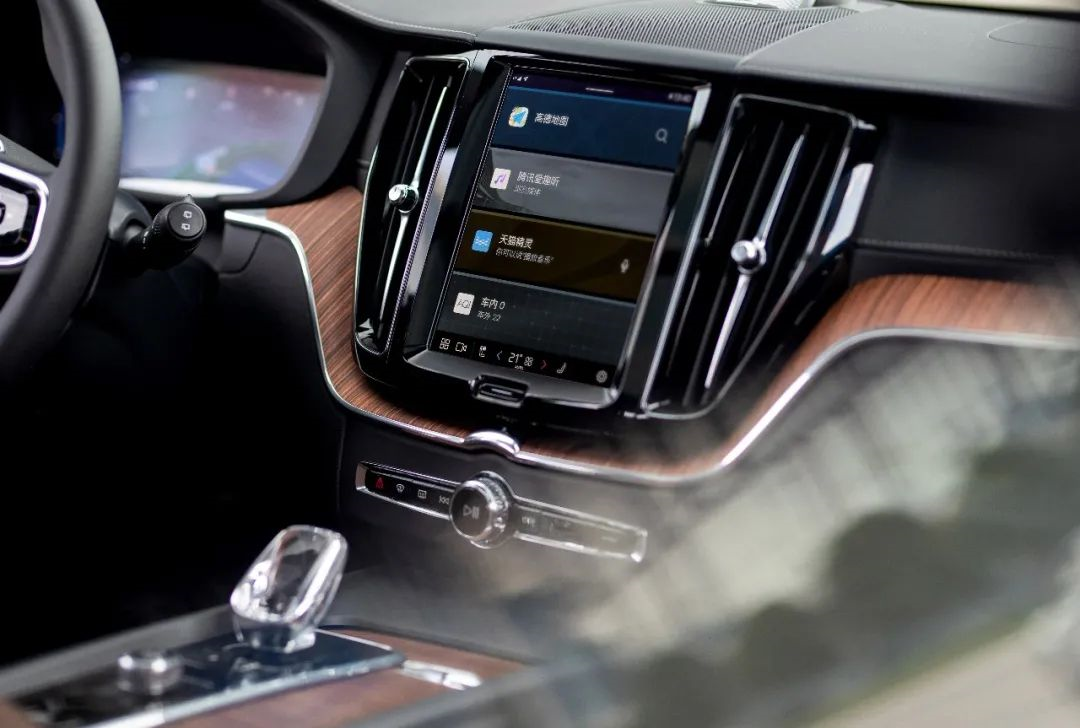
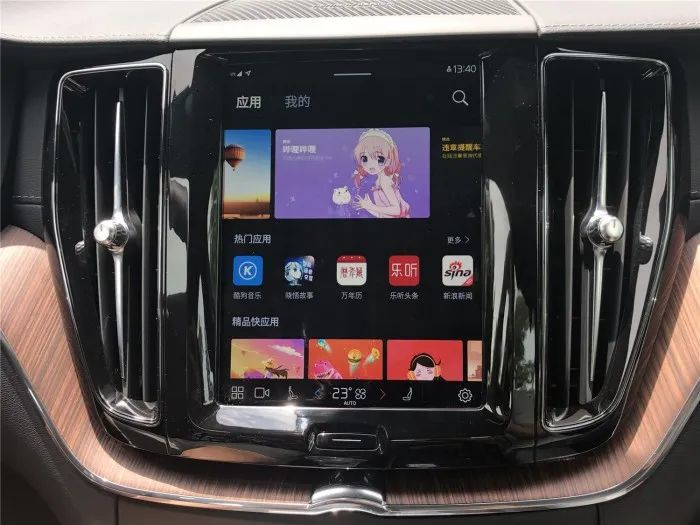
During the workshop before the test drive, Volvo claimed that they are the world’s first automaker to develop an in-car system in partnership with Google, and the only brand in the world that incorporates a global native Android vehicle regulation-grade system. So what kind of experience upgrade can consumers expect from this? Volvo’s answer is that their in-car system will comprehensively surpass other brands’ products in navigation/entertainment/voice/applications, the four major components.
 To put it simply, the advantage of native Android system lies in better optimization. In actual experience, the smoothness and high speech recognition accuracy of the new Volvo XC60’s in-vehicle system are commendable. Friends familiar with the old Volvo models know that Volvo’s models are all designed with vertical screens. The old models only support wired CarPlay and the content projected on the screen can only occupy a small part of it, especially the map which is extremely small. However, the in-vehicle system of the XC60 model has built-in Amap, allowing users to finally have a “full-screen” map experience on the Volvo.
To put it simply, the advantage of native Android system lies in better optimization. In actual experience, the smoothness and high speech recognition accuracy of the new Volvo XC60’s in-vehicle system are commendable. Friends familiar with the old Volvo models know that Volvo’s models are all designed with vertical screens. The old models only support wired CarPlay and the content projected on the screen can only occupy a small part of it, especially the map which is extremely small. However, the in-vehicle system of the XC60 model has built-in Amap, allowing users to finally have a “full-screen” map experience on the Volvo.
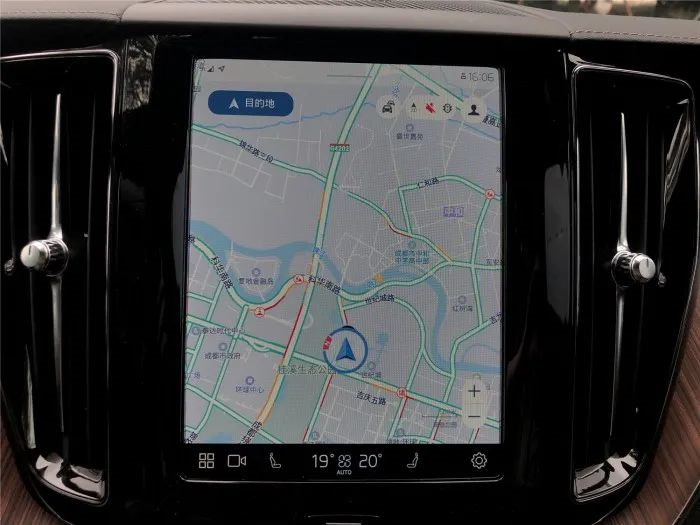
In addition to maps and music, the in-vehicle system of the Volvo XC60 also includes the Huawei App Store, where users can download a variety of software including Bilibili. However, it can be noticed that some of the software is still a special version for the in-vehicle system. Taking Bilibili as an example, we cannot find the search function on the in-vehicle B station, and there is no option to adjust the video clarity. Also, due to the vertical screen, the playback screen of Bilibili can only be displayed as small as the effect in the figure below even when maximized.
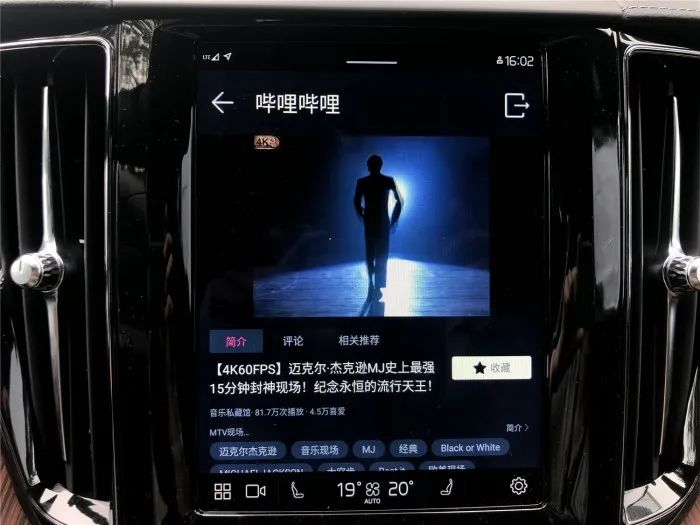
From the new XC60, it can be seen that the intelligent cabin will be a key area for Volvo’s future layout. However, at this time point, the intelligent cabin of Volvo is still in its infancy. After all, XC60, which is redesigned on the hardware, has not made much change. Therefore, I think the first thing Volvo’s next-generation products should do is to break through the bottleneck of vertical screens and take the user experience of using the in-vehicle system to the next level.
Improvement 1: Simplify the way to enable driving assistance
The logic for enabling driving assistance is clearer. For old Volvo models, “speed limit mode”, “adaptive cruise control mode”, and “pilot mode” need to be selected. The vehicle speed will not exceed the set maximum speed in the speed limit mode, the adaptive cruise control (ACC) mode is enabled by default, and the pilot mode activates the entire L2 system. This operation logic is already relatively clear, but the newly redesigned XC60 further simplifies the process of enabling driving assistance.
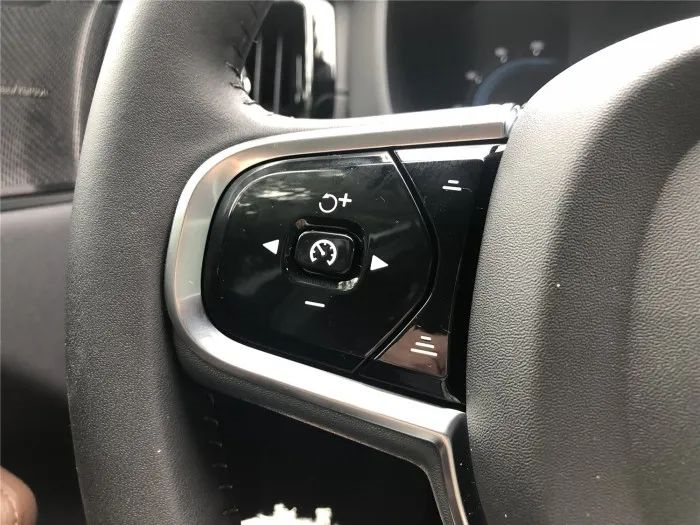 The new version is equipped with one-key start (middle key of the control button on the left of the steering wheel). If you want to use the steering assist and lane keeping in the navigation mode, you need to set it in the car system in advance. After setting it once, it will be turned on by default later. This improvement simplifies the logic of turning on the assisted driving. However, new users need to learn to use the assisted driving system proficiently.
The new version is equipped with one-key start (middle key of the control button on the left of the steering wheel). If you want to use the steering assist and lane keeping in the navigation mode, you need to set it in the car system in advance. After setting it once, it will be turned on by default later. This improvement simplifies the logic of turning on the assisted driving. However, new users need to learn to use the assisted driving system proficiently.
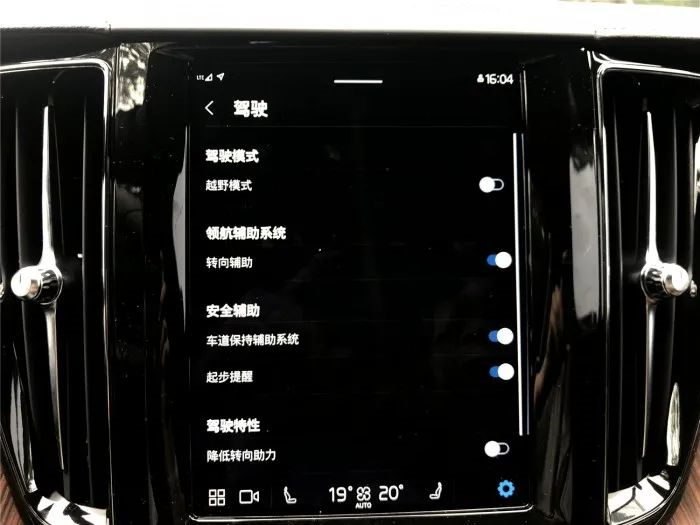
Improvement 2: Dual Interface Instrument Cluster
After integrating the map ecosystem, the dashboard of the new XC60 now has two modes, one of which shows the navigation information. However, there is a point to criticize that there is a large black area in the center of the original interface that has no functionality. The middle key of the control button on the right of the steering wheel can call out the driving data. However, this card information is obviously secondary information instead of the permanent information in the center of the instrument. When the navigation is turned on, the central black area will show the navigation arrow, but there are still a lot of blank areas. According to traditional logic, these areas could at least display multimedia entertainment information, but after many attempts, I found that this type of information cannot be displayed. Finally, I speculated that this part will be left for ADAS visualization function in the future. Therefore, the modified XC60 is still “work in progress” in some intelligent functions and configurations.
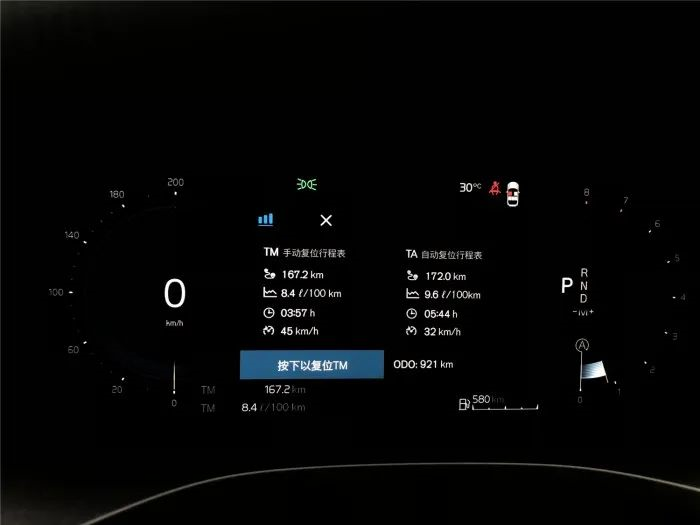

The above three points are the key contents of the modified XC60. The traditional high-end SUV market is a stock market. From the data of the past two years, Volvo XC60’s sales have been stagnant. Except for the brand value of BBA in the minds of consumers, the strength of the players in this market is actually comparable. To increase sales, it is necessary to find a “unique selling point”, and intelligence is the competitive product point that Volvo XC60 hopes to focus on.
The 48V mild hybrid system is standard for the entire series.The interior and exterior of the new XC60 have only undergone minor adjustments, such as changes to the taillight shape and crystal gear lever. Of course, these changes pale in comparison to the new experience brought by intelligent upgrades. However, it’s worth mentioning that the new XC60 is now equipped with a 48V hybrid system as standard across the range, and the tail badge has been changed from T5 to B5.
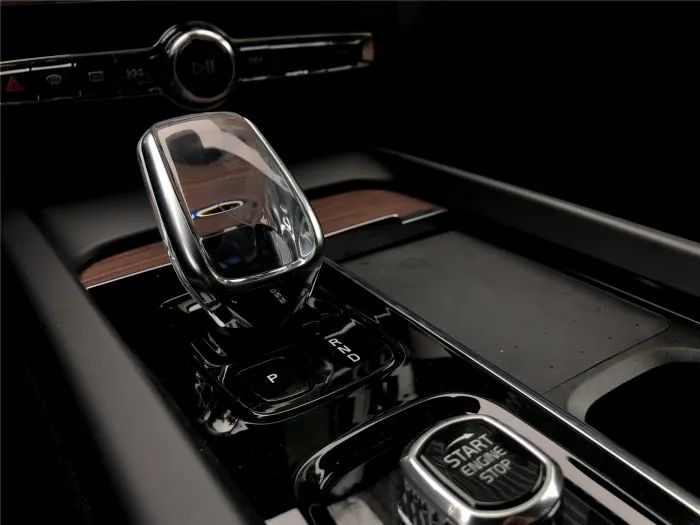

Unlike traditional hybrid systems, the 48V system brings drivers an improved experience. During driving, one noticeable change is that the hesitation during engine start-stop is minimized and start-up is quicker. The discomfort that traditional engine auto start-stop brings to experienced drivers is also eliminated with the 48V system, making the feature more acceptable to users of traditional fuel vehicles and reducing fuel consumption in city driving conditions.

Layout for the Future
Volvo began partnering with world-class autonomous driving suppliers to develop advanced driver-assistance systems as early as 2015. Therefore, they have sufficient technological reserves, but in terms of feature openness, they are not as aggressive. I think this is due to two reasons. Firstly, considering safety, the road conditions in China are quite complex, especially in first-tier cities, and some consumers are still unfamiliar with high-level driving assistance functions. Being too aggressive in opening up higher-level driving assistance functions to users goes against Volvo’s “safety” philosophy.
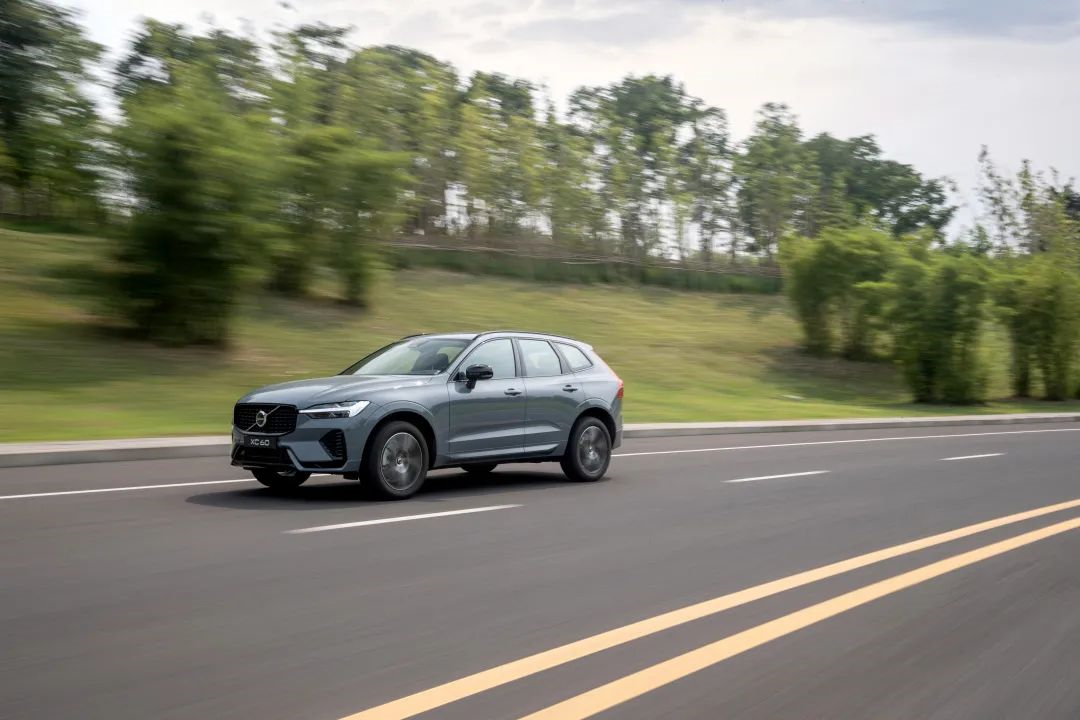
Secondly, higher-level driving assistance features have limited impact on product competitiveness. New forces in China’s automobile industry have many leading driving assistance functions, and there are already several products in the market with advanced navigation functions on highways. However, some of the L2+ level driving assistance expansion functions that are currently available are completed in specific scenarios and are still categorized as “assistance”, so the enhancement to product competitiveness is limited and has little effect on the user base of traditional luxury brands. In summary, “it is possible, but not necessary.”
However, being not radical does not mean Volvo is lagging behind in the field of assisted driving. Recently, Volvo announced to the public that their future products will be equipped with a 1000TOPS computing power platform composed of the NVIDIA Orin chipset. According to the information revealed by Volvo, they will release a pure electric version of XC90 with Orin chipset and Luminar LiDAR in 2022. From a hardware perspective, the XC90 will be a “Ready for tomorrow” product with sufficient hardware capabilities and great potential for software improvement.
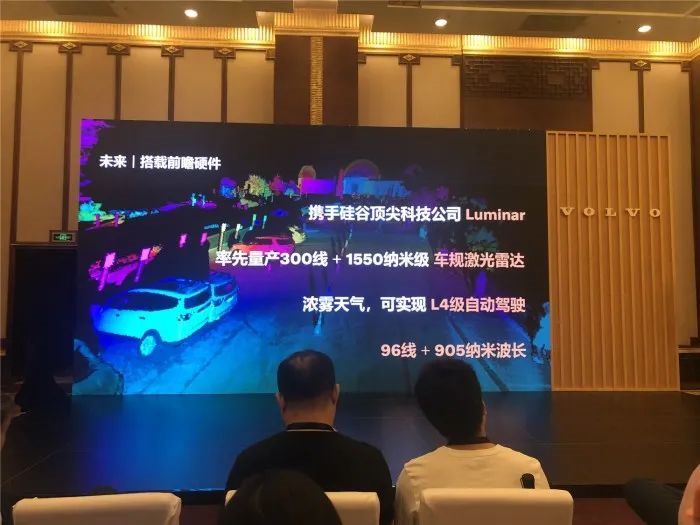
Conclusion
“Change” is the way to meet demand, and I believe the all-new Volvo XC60 already completely satisfies consumers’ needs for intelligent automobiles. However, we still need to look further ahead after this product. We can tell from the information Volvo released that “intelligence” will be the core element of their redefined traditional brand stock market in the future.
This article is a translation by ChatGPT of a Chinese report from 42HOW. If you have any questions about it, please email bd@42how.com.
